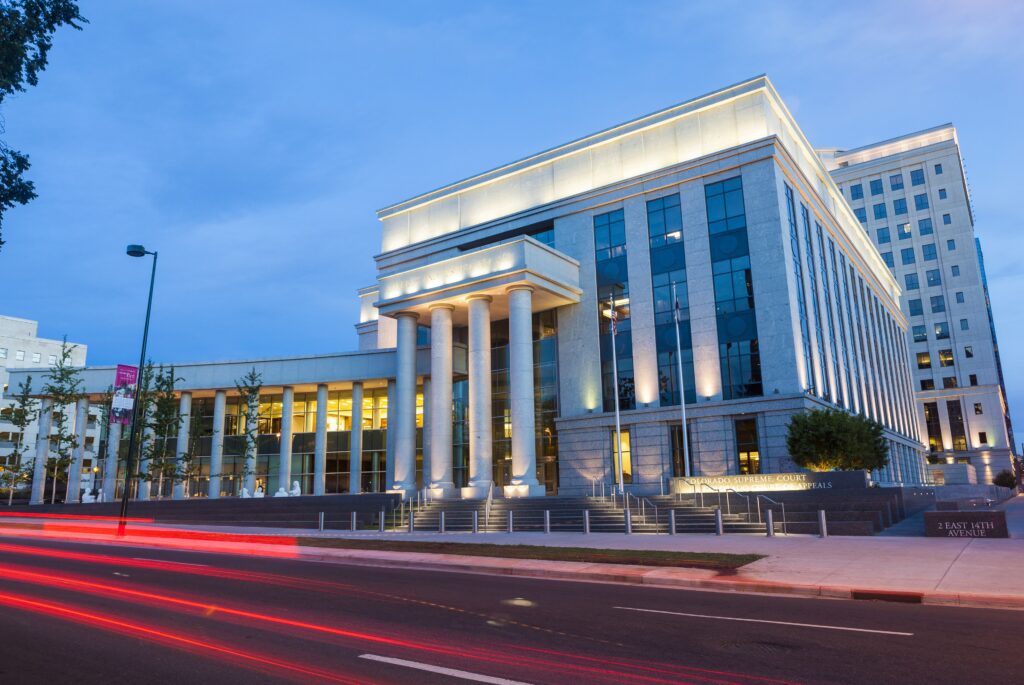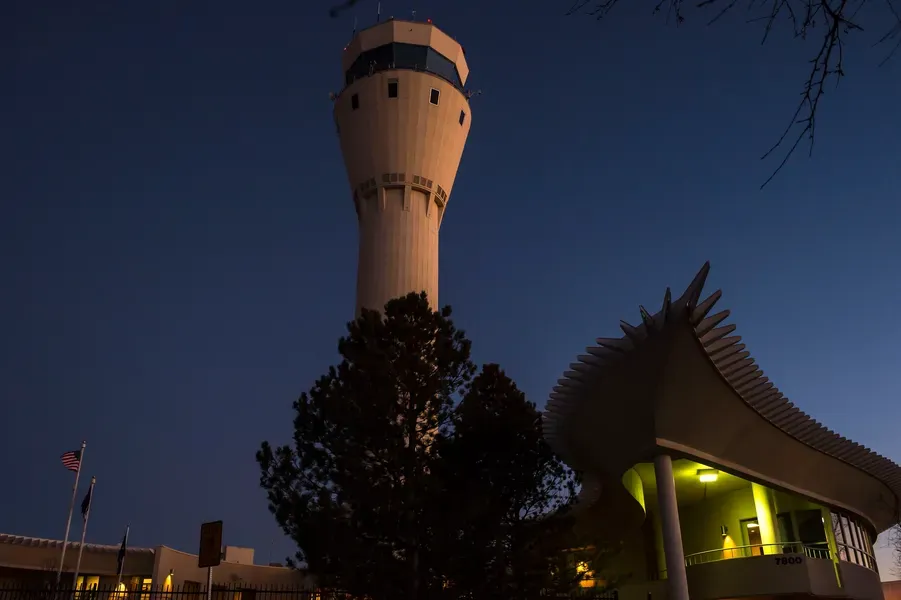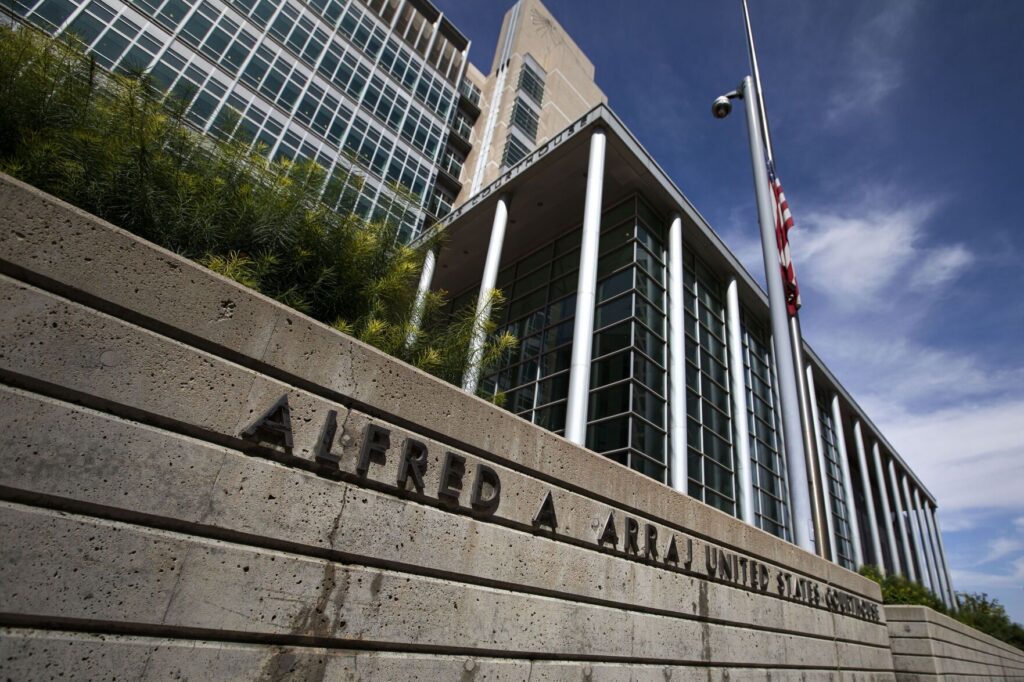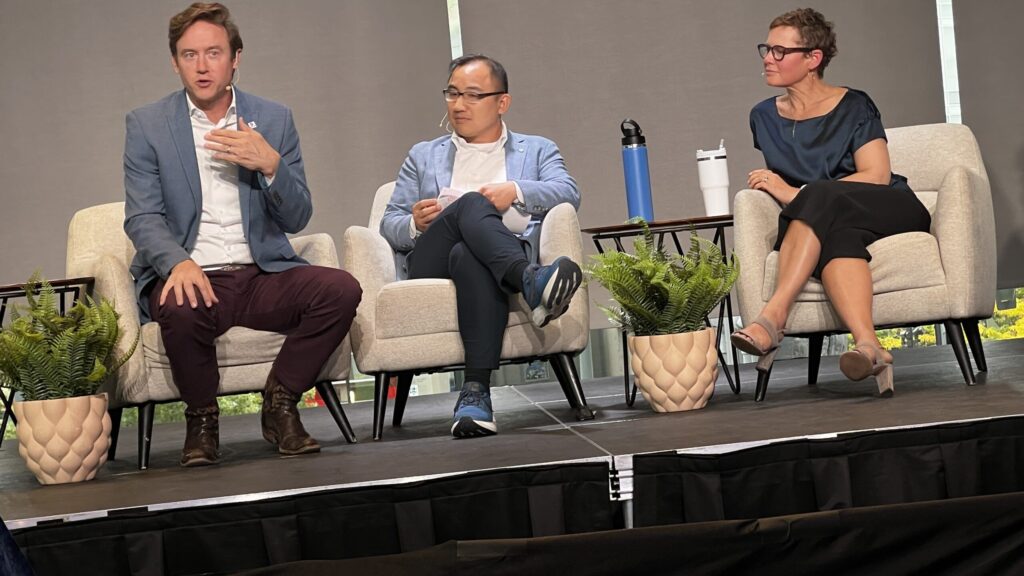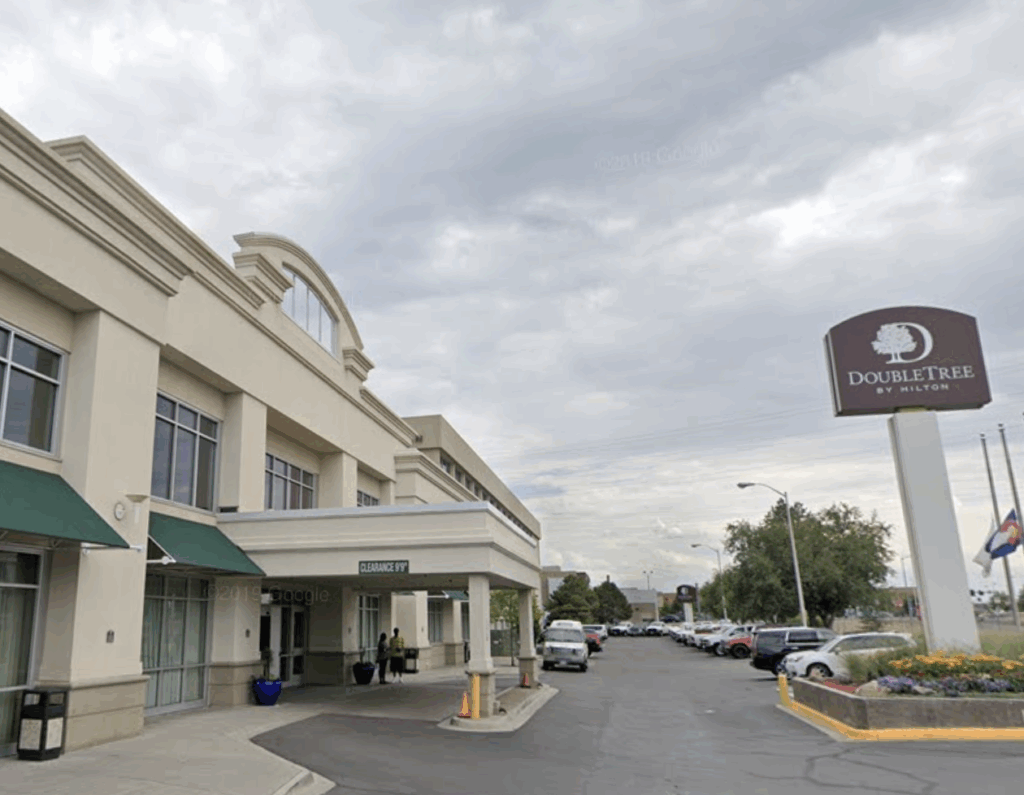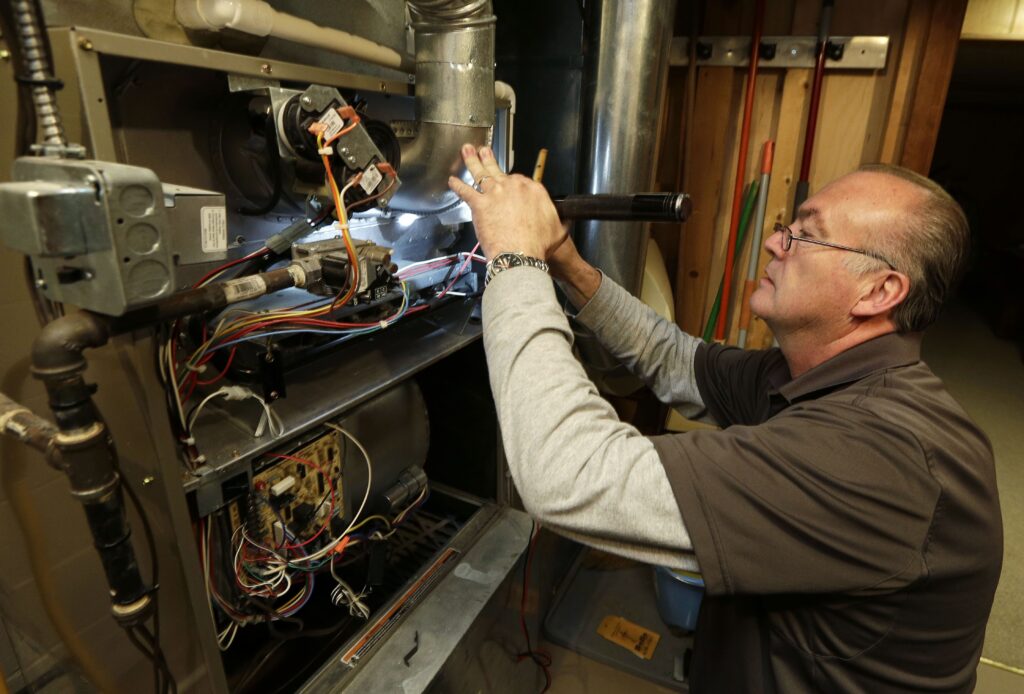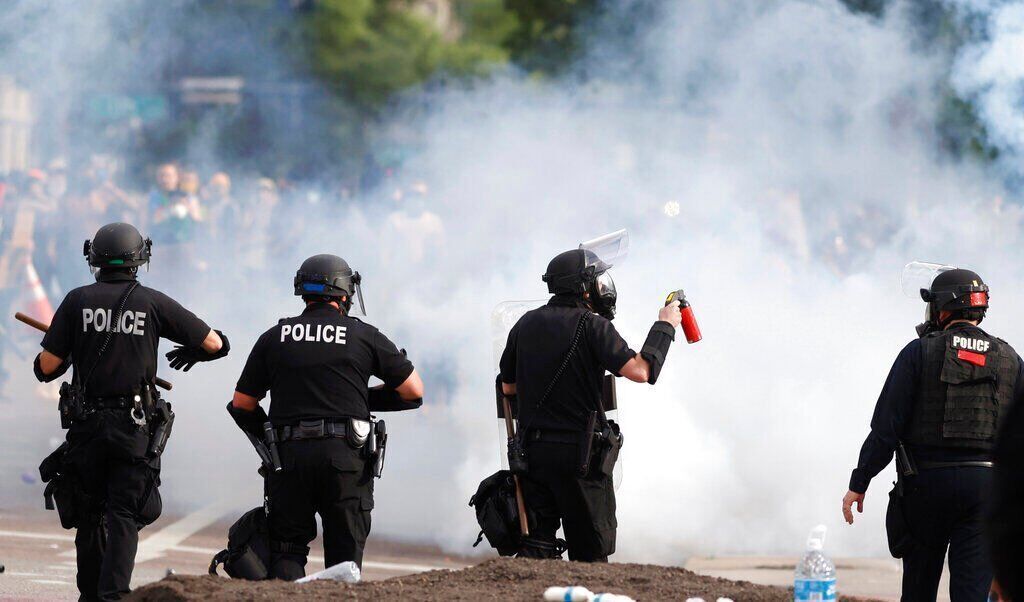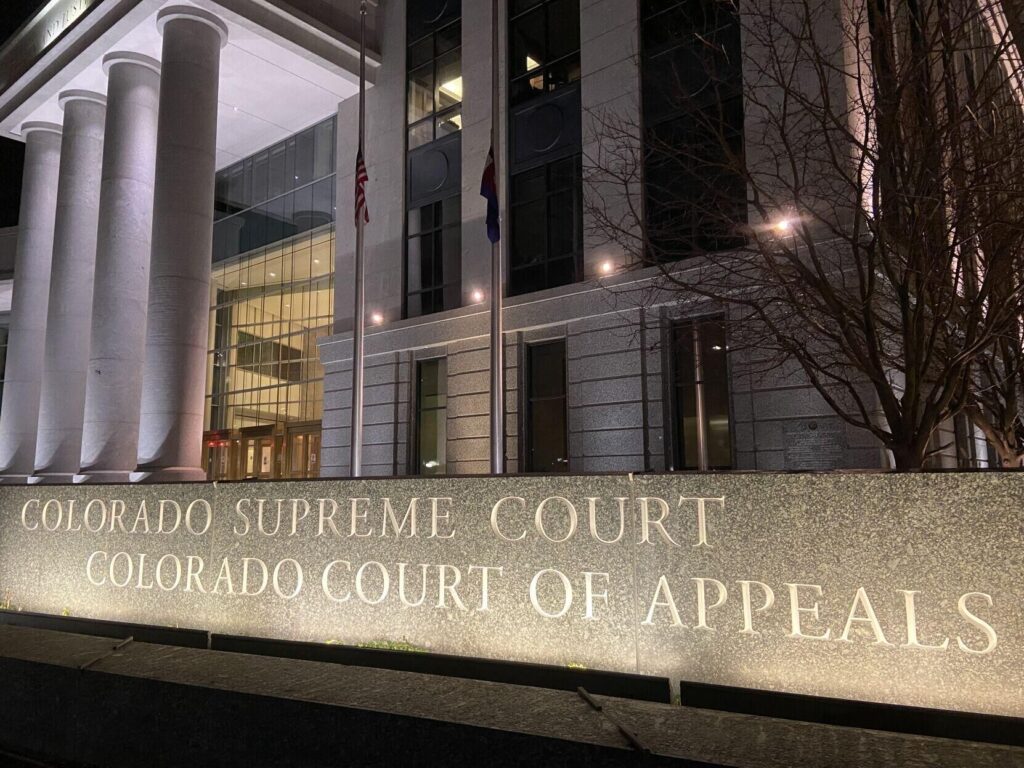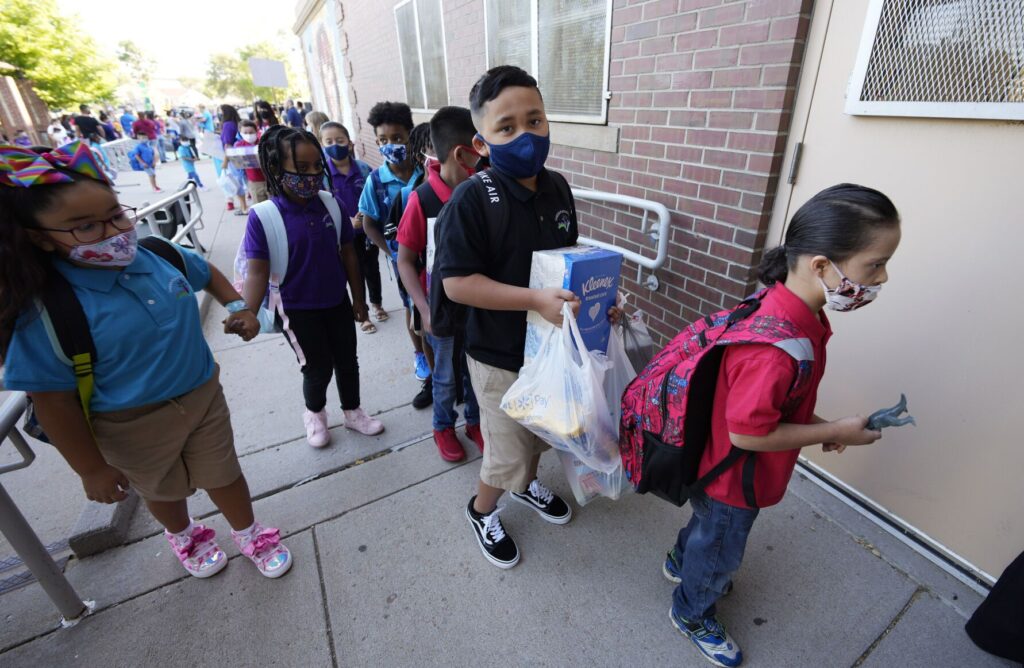Denver’s new precinct boundaries complete
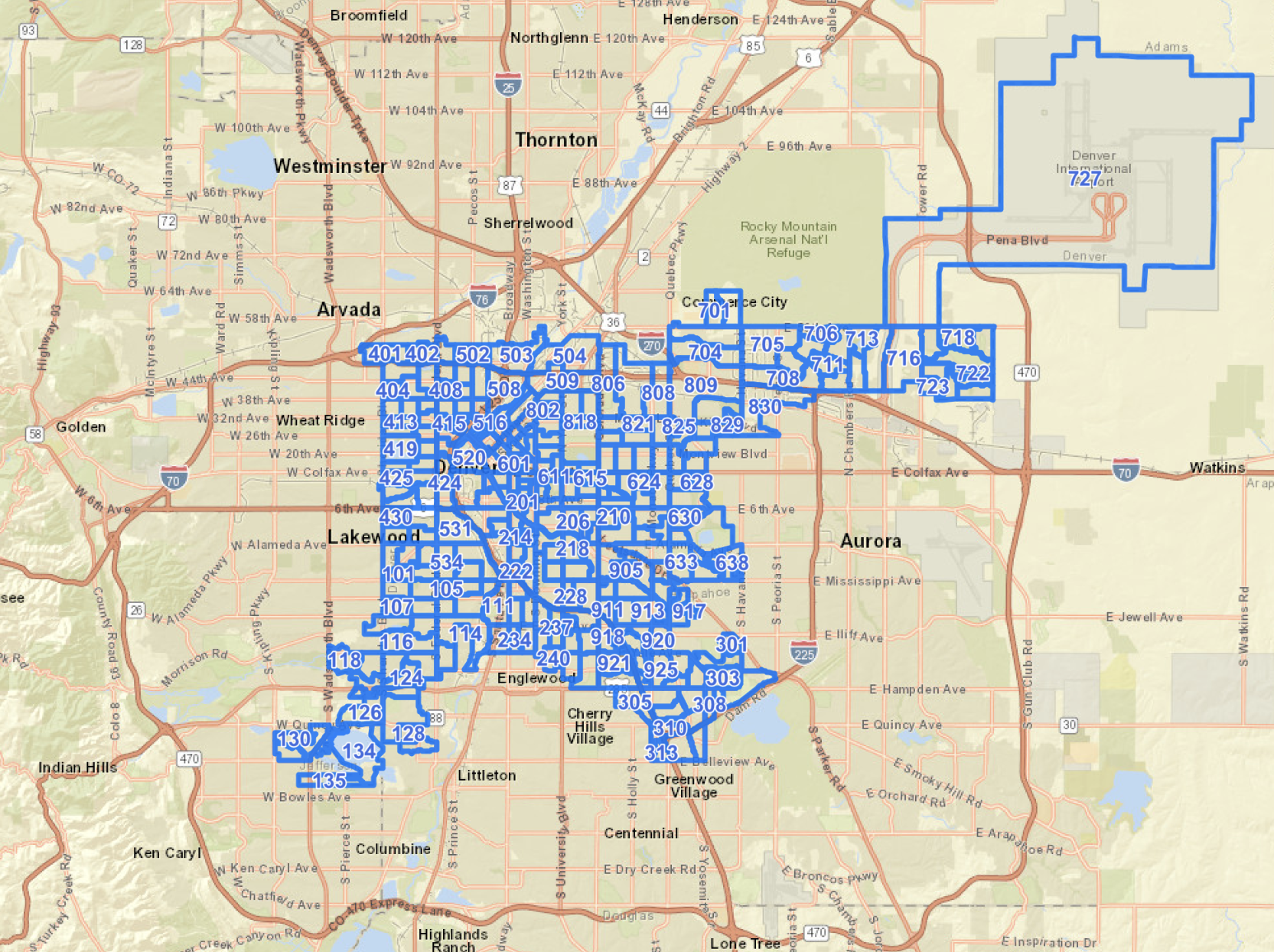
Denver’s new precinct boundaries have been set, opening the door for the City Council to begin mapping for its redistricting process, the Denver Clerk and Recorder’s Office announced Monday.
This pivotal step in the decennial process comes a month and a half before the re-precincting deadline of Jan. 31. The City Council will now have until March to redraw its council districts based on the new precincts.
Precincts are set for the purpose of administering elections, allowing the Denver Elections Division to ensure voters receive ballots that correctly reflect the offices and questions they can vote for.
Mayor Hancock vetoes Denver’s flavored tobacco ban
“Every single precinct is its own ballot,” Clerk and Recorder Paul López said to the City Council. “Every precinct that we have means that we have a unique ballot style that needs to be generated and proofread.”
Precinct boundaries cannot cross the Congressional, House or Senate district boundaries that were approved by the Colorado Supreme Court last month. The precincts are also drawn to try to keep Denver’s neighborhoods and communities together, López said.
The new boundaries form 301 precincts, down from Denver’s previous 356. The precincts have an average population of 1,552 active registered voters, less than the maximum of 2,000 required under state law.
While precincts make little difference to residents, they serve as building blocks for the City Council’s districts, as council districts cannot cross precinct boundaries. Which council district a resident falls into determines which council member represents them and which council seat they can run for themselves.
House Democrats take defensive measures amid redistricting changes
The City Council is expected to begin proposing and debating specific district boundaries in the coming weeks now that the re-precincting is complete.
The Denver redistricting commission said the new council districts should have around 65,000 residents each – an even 11-way split of the more than 715,000 people living in Denver. That would be the largest average district population in Denver’s history. Since 1950, Denver council districts have ranged from 42,000 residents to 55,000 each, according to city data.
Several districts are far above the 65,000-population goal, with Districts 8, 9 and 11 each having over 71,000 residents, data shows. In contrast, Districts 2 and 3 have just over 56,000 residents each. Those districts can expect significant changes to their borders during redistricting.



